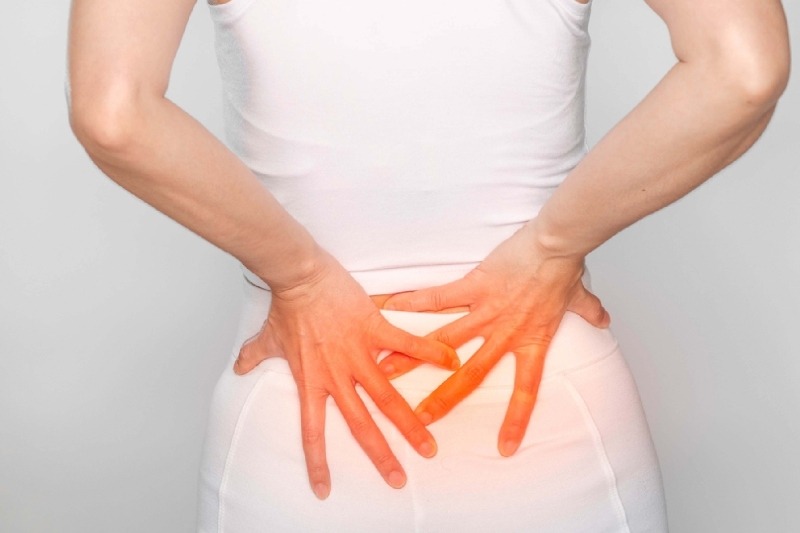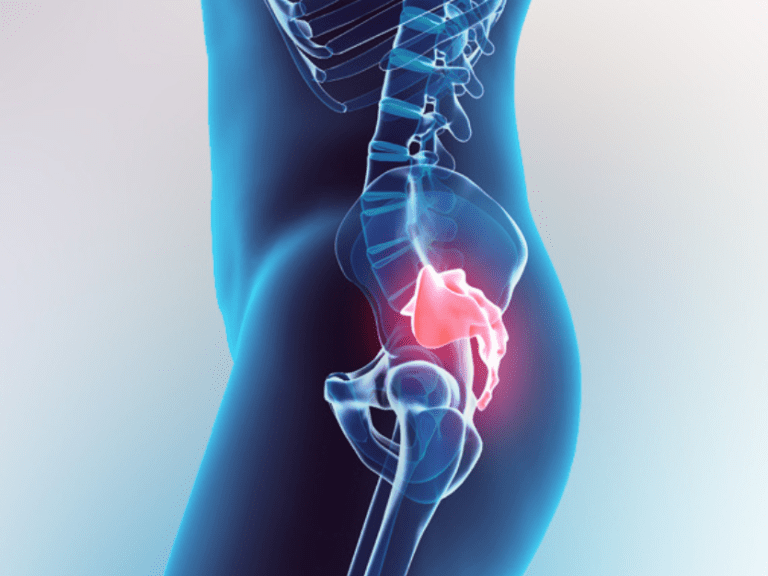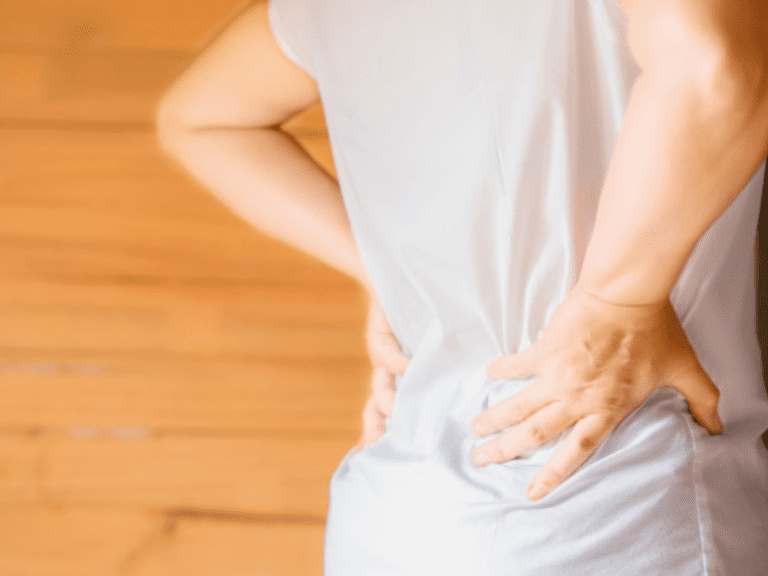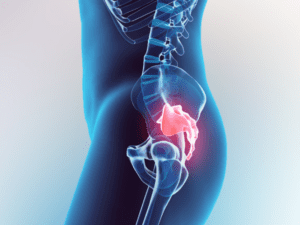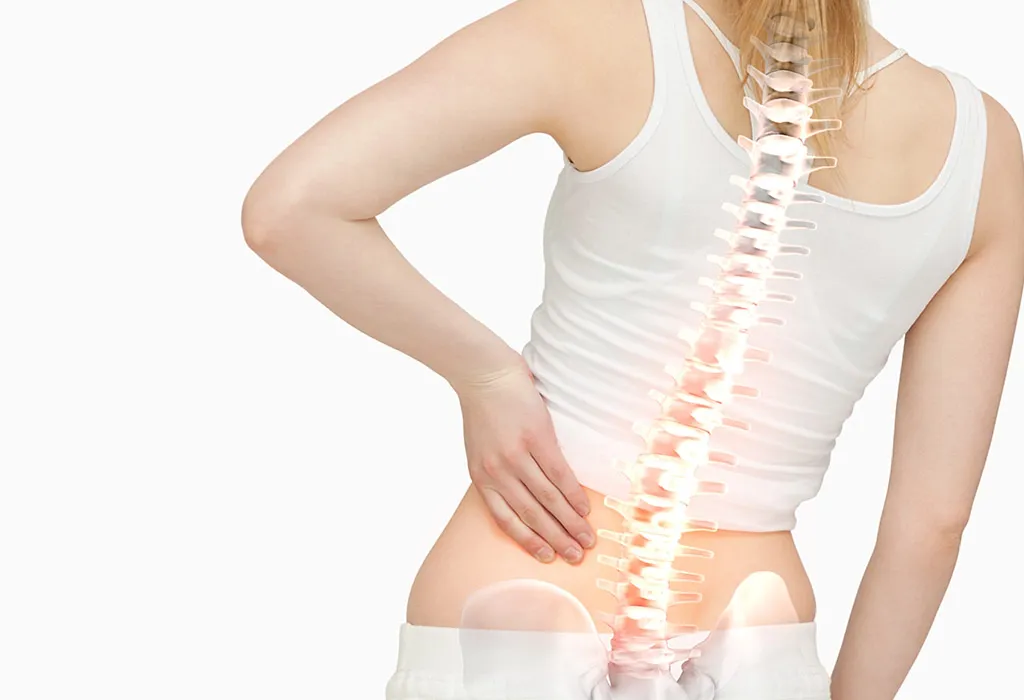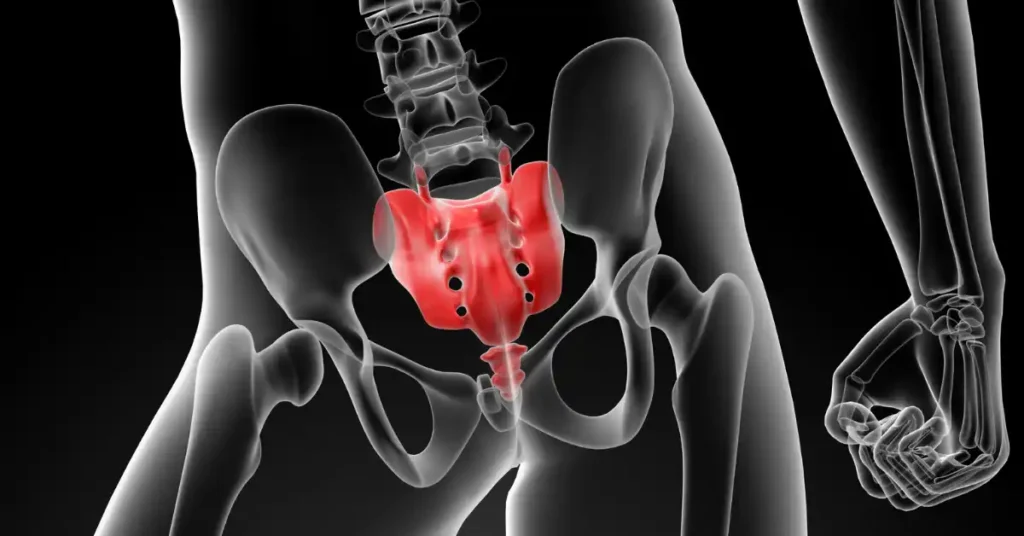- Phone: +91 9904954556
- Mon To Fri (10am - 2pm) & (5pm-8pm)
- hsppainphysician@gmail.com
Edit Content
About Us
Dr Hitesh Patel is Consultant – Pain Management & Palliative Care he recieved his M.D. from B.J. Medical College Ahmedabad, Asia’s largest hospital, Civil Hospital, Ahmedabad. He earned his F.I.P.M. (Fellow In Pain Management) at Daradia Pain Hospital in Kolkata, which is affiliated with the Aesculap Academy in Germany. He received his C.C.P.P.M. (Certificate Course in Pain and Palliative Medicine) from Gujarat Cancer Research Institute Ahmedabad, the state’s largest cancer hospital.
No content is added yet.
Contact Info
- 410 , Slok Infinity , opp visvakarma temple , Chandlodiya , Ahmedabad.
- + 91 8140992728
- hsppainphysician@gmail.com
- Friday: 09.00 to 2.00 Sunday: Closed



